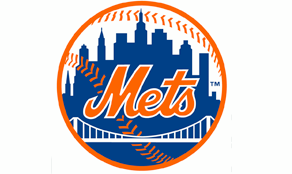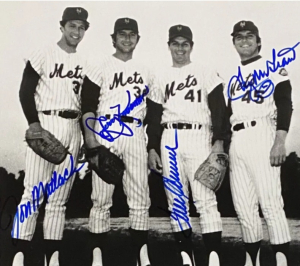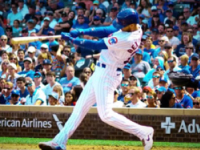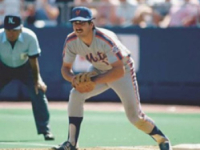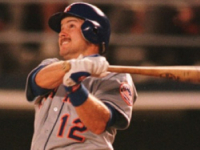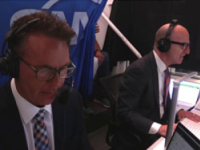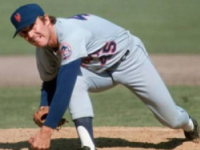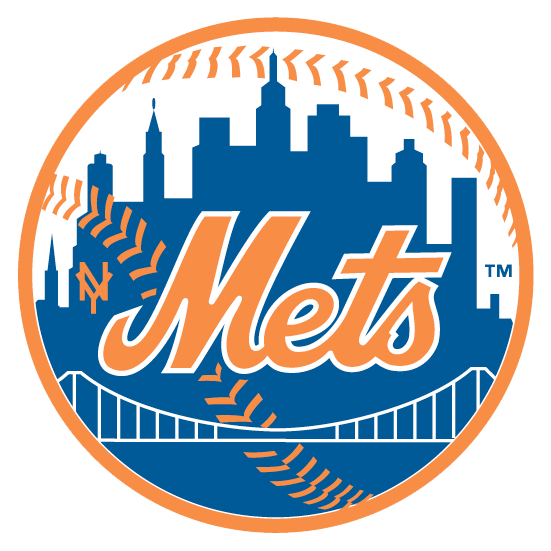There have been a number of changes to Major League Baseball and one of the changes is how pitchers are used, how often, and how many.
Let’s take the five seasons that the Mets have gone to the World Series – 1969, 1973, 1986, 2000, and 2015 – for example.
The 1969 season was truly an amazing season for many reasons. But if you closely examine the pitching statistics, you might just be blown away, and not by a Tom Seaver or Nolan Ryan fastball. Let’s just take a look at three categories for this comparison:
The Mets used a total of 15 pitchers during the season. Eight different pitchers started games (2 of them were rookies getting a cup of coffee with one start each). And Mets starters threw 51 complete games. Fifty one!
The 1973 season was a bit of a surprise because the number of injuries seemed to put the Mets into an early demise, but as we all know, they rallied back for an even more amazing finish than four years earlier.
Even with all of the injuries, the Mets used 16 pitchers during the campaign. Ten pitchers were used as starters (Again, 2 of them were rookies getting one start each). The Mets had their starters complete 47 games.
The 1986 season was a season of dominance, from start to finish. And the ’86 squad had what was probably the best starting rotation in club history.
The Mets used 15 pitchers along the way. Nine of them made starts during the year. There were 27 complete games thrown by that starting rotation.
Move ahead to 2015 and Major League Baseball had seen a lot of changes already. The Mets were able to get into the World Series but while they had a few stud pitchers coming along, it was a bit different.
There were 26 pitchers utilized by the club in 2015. Although only 10 different pitchers were used as starters. And there was but one complete game thrown, a shutout by Bartolo Colon.
Taking a step back, the 2000 season, along with the 1999 season before, was more of an offensive season than some proof of the importance of pitching. However, that time period, was during the steroid era, where the game started to become sort of like Home Run Derby. The team ERA was 4.16.
Regardless of that dynamic, the Mets utilized 20 pitchers during the season, and again, only 10 were sent out to start games. Five of those pitchers were used as spot starters for one or two games for one of the members of the rotation missing a start with an injury. Mets starters pitched eight complete games, two shutouts.
Now let’s fast forward to 2025.
At the All Star break, the Mets had already used 37 pitchers and 12 different starters. At season's end, there was a total of 46 pitchers used and 17 different pitchers took the mound to start a game in 2025.
The Mets had one - ONE - complete game, a shutout pitched by David Peterson. And that ONE shutout led the league. What does that tell you?
Starting rotations are not as defined as they used to be. Teams now sometimes use “openers” rather than traditional starters. They know AND expect the pitcher to go one, two, MAYBE three innings, before having to go to the bullpen. And some teams will straight out say that the game is “a bullpen game” meaning that relievers will be paraded out there every inning or so just hoping to get through the game without getting annihilated.
So the number of so-called “starters” may not be totally accurate as compared to yesteryear. And a starter in today’s game is often lucky to even get to the five-inning mark (which is needed to be awarded a win), is considered successful if they pitch six innings, and teams are actually grateful if the starter makes it to seven innings.
If athletes are supposed to be bigger and stronger, then why can't they go longer into games, and why do they break down so much quicker and easier than ever before and why are there so many injuries? Why is having Tommy John surgery so common, like a badge of honor, rather than the anomaly? Why would an arm need to be repaired when a player is so damn young?
And of course there is more to choose from as well. Every Major League Baseball team seems to use their Triple A team as their extended bench. They just keep shuttling the players up and down, there is no REAL roster size other than the 40-man roster. Yes, in reality they say there IS a 26-man roster – for the game – but freely moving players back and forth all season long is not utilizing a 26-man roster. Strategically done, teams can, in fact, effectively incorporate a 40-man menu for the season.
Pitching changes….has a whole new meaning.
